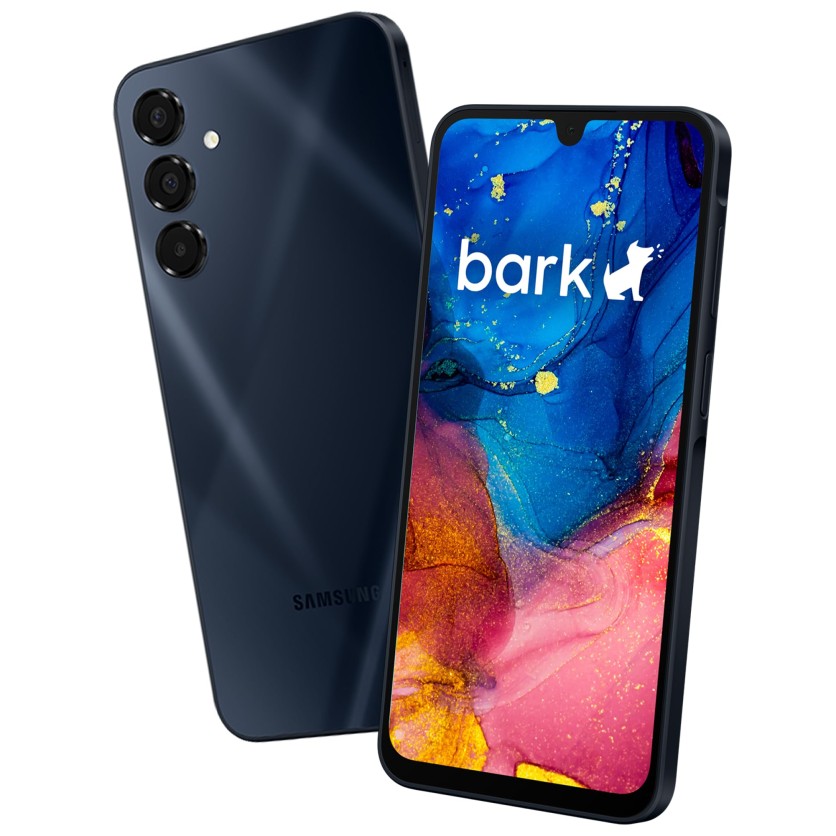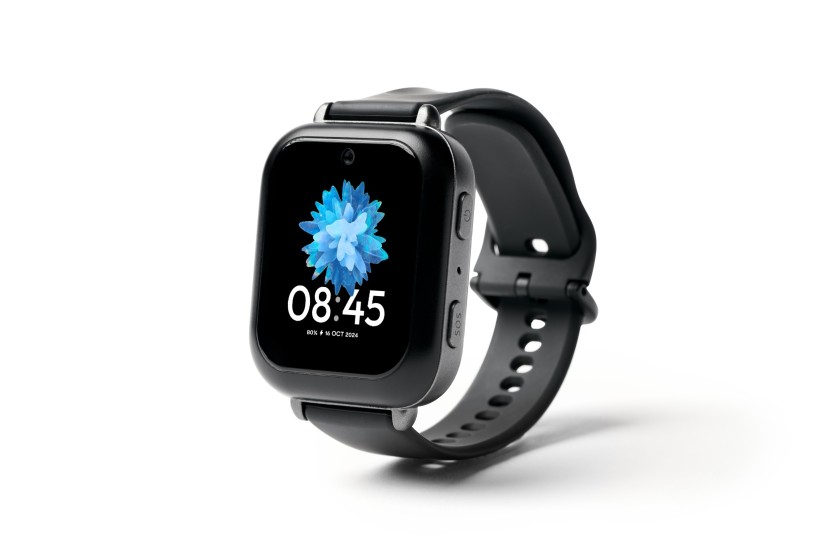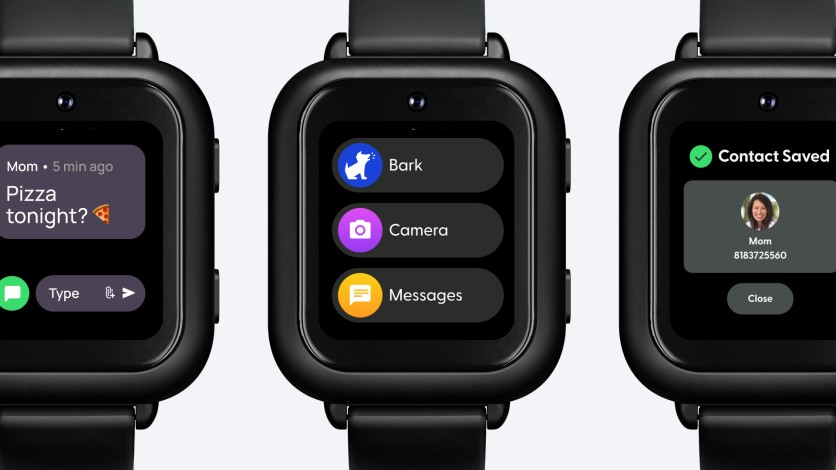Millennial and Gen Z Parents seem to be tested in ways that previous generations have never encountered regarding technology. The question isn't whether kids will eventually use devices but which type makes the most sense for their age, maturity level, and family needs.
While there are many ways to approach the "How should I handle giving my kid's devices" conversation, we'll discuss two main options for soft-launching safer alternatives to traditional smartphones: specialized phones designed specifically for children and kids' smart watches. Both options have communication capabilities while addressing parental concerns about unrestricted internet access, inappropriate content, and excessive screen time.
Understanding Kids' Phone Options

Bark Phone Bark
Phones designed specifically for children are a middle ground between no device and a full-featured smartphone. These kids' smart devices typically run on simplified (or restricted) operating systems that parents can control more effectively than standard Android or iOS devices.
The Bark Phone provides essential smartphone functionality while removing many features that create problems for young users. The device enables management of social media platforms, inappropriate websites, and other content that might not be suitable for developing minds.
A big pro of these specialized phones for kids is that they address primary concerns while giving children the independence they need to build confidence as they develop. Kids can contact parents during emergencies, coordinate plans with friends, and begin learning responsible device use without access to the endless entertainment options that often lead to addictive usage patterns.
Kids' Smart Watches

Bark Watch Bark
A smart watch for kids takes on a different approach to the same problem. Rather than providing a scaled-down version of adult technology, these devices focus specifically on communication and safety features while eliminating most entertainment options.
The Bark Watch is deliberately designed with a limited feature set to keep children in mind. Children can call and text approved contacts but can't browse the internet, play games, or access social media. The small screen size of a smart watch for kids naturally prevents extended use, and built-in safety features like GPS tracking and emergency alerts help give parents peace of mind without helicoptering. This approach appeals to families who want to delay their children's exposure to screen-based entertainment while maintaining communication capabilities.
Key Features of Kids' Smart Devices

Bark
Whether choosing a specialized phone for kids or a smart watch, certain features have become standard for devices intended for children.
The online space is filled with strangers who can be dangerous, so contact management is one of the most important capabilities of kids' smart devices. Contact management allows parents to control who their children can communicate with, but only allows parents to add contacts to their child's phone or watch.
Location tracking has become another essential feature for parents with busy schedules. Children's smart devices typically come standard with real-time GPS capabilities to let parents check in on their child's whereabouts, and geofencing alerts provide automatic notifications when kids arrive at or leave designated areas (like school or home).
Content monitoring is another critical variable to consider. An advanced phone for kids can scan messages for concerning content, such as cyberbullying or inappropriate interactions like sexual content or messages about self-harm. Lastly, emergency features are standard in most smart devices for protection during crises where users need help.
Age and Development Considerations
Your child's age and developmental stage are important considerations when choosing between a phone for kids and/or a smart watch for kids. Younger children (elementary school-aged) may benefit more from a smart watch's simplicity and limited functionality. The device provides necessary communication capabilities without introducing the complexity and temptations of phone ownership.
Older children (middle school or older) might be ready for the additional features that a specialized phone for kids provides. These devices can grow with children, allowing parents to gradually increase access to features as kids demonstrate responsibility.
Of course, a child's personality and tendencies will determine their needs, so these rough estimation recommendations should be used as a general guideline, not as hard rules. Children who struggle with impulse control or have shown signs of addictive behavior with other devices might benefit from the more restrictive nature of a smart watch, regardless of their age.
Practical Benefits of Kids' Smart Devices
Smart devices designed for children can also help solve practical problems that families face every day. Some examples of these benefits include coordinating pickup times, handling schedule changes, and managing the logistics of the family. Parenting can be easier when kids can communicate directly with parents.
These devices also support children's growing independence while maintaining appropriate oversight. Kids can walk to school, visit friends, or participate in activities with the confidence that comes from being able to reach parents when needed.
Looking Ahead with Bark Technologies
Both specialized phones and smart watches are better alternatives to unrestricted smartphone access. The choice between these options ultimately depends on each family's specific needs, their child's age and maturity level, and their comfort with different levels of technology access.
Parents today have better options than ever for introducing their children to personal technology in healthy, appropriate ways. Want to start protecting your kids? Learn more about Bark devices and choose Bark Technologies to build a safer and better household today.

-
 C114 Communication Network
C114 Communication Network -
 Communication Home
Communication Home


